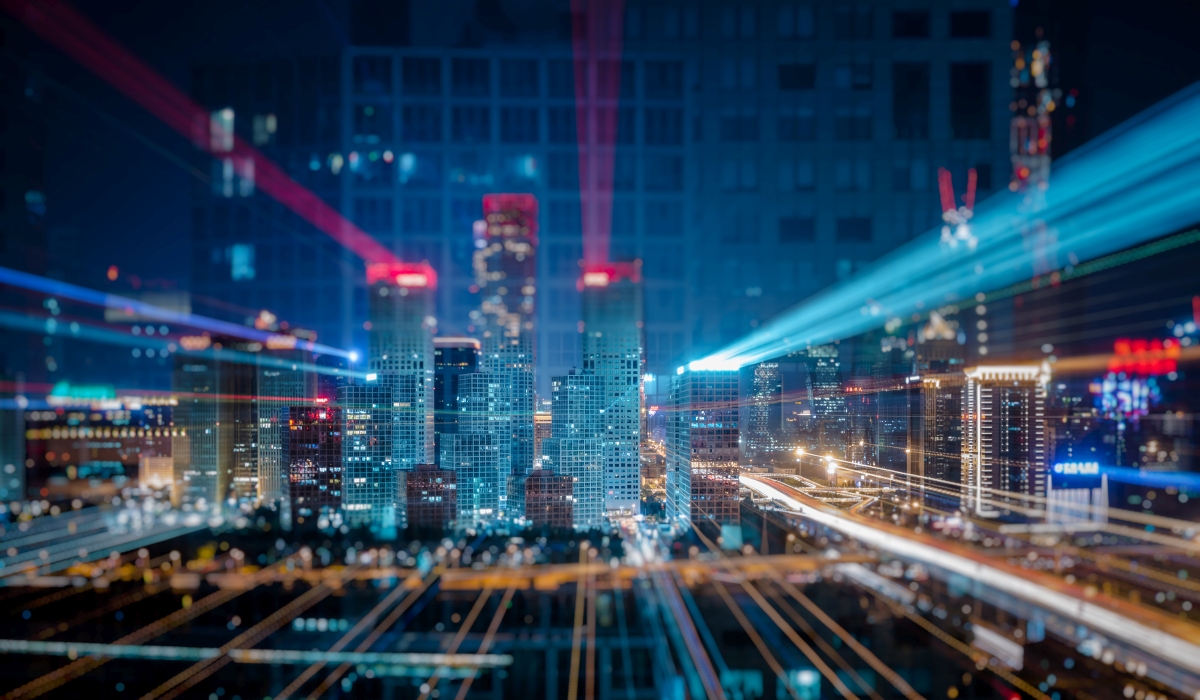The demands of the immersive Internet and metaverse need entirely new digital infrastructures and collaborations!
Article written by Ivo Ivanov, CEO of DE-CIX
Forecasts abound of revenues from the metaverse reaching a trillion dollars by 2030. Consultants at McKinsey & Co. go even further, suggesting that the global impact of the metaverse could grow to as much as US$ 5 trillion by the end of the decade. But to even begin to exploit this potential and meet the demands of the digital future, the infrastructures in particular needs to be upgraded, and existing silos must become a thing of the past.
As the Internet continues to expand, advanced and scalable infrastructures will be crucial to accommodate the growing digital demands and maintain seamless connectivity in our increasingly interconnected world. This is the simple truth! The emergence of immersive Internet experiences requires significant advancements in digital infrastructures to support the unprecedented levels of data transmission and processing needed for a seamless user experience.
What we need to prepare for here is not just a new phase of technological evolution. We are currently on the threshold of a completely new digital age; the infrastructural foundations still need to be built. And we should start today rather than tomorrow.
Why is that? Let’s take the metaverse concept as an example and look at the technical requirements needed for a user to enjoy an excellent user experience (UX). Applications such as virtual or augmented reality need high bandwidth and, at the same time, extremely low latency. If we want to immerse ourselves in new digital worlds with the best possible experience, we need more efficient data transmission paths.
Data packets need to travel at high speeds with low round-trip times (latencies) not only between the network and user but also between different networks, for example, those of business partners whose services in combination bring the metaverse to life. Current digital applications provide an acceptable UX with a latency of (at most) a blink of an eye (about 100 milliseconds), but not great. Even today, a maximum latency of 35 milliseconds is required for a really good UX.
However, with each innovation in virtual perception – visual, auditory, or even haptic – the latency sensitivity of applications increases. So, for the immersive virtual world of the future, latency in the single-digit millisecond range will be required to guarantee a flawless UX.
But why is that? It is the nature of human perception. The human brain needs only 20 milliseconds to pick up haptic information, 13 milliseconds to process visual cues, and less than one millisecond to perceive auditory delays. In other words, you need to realize the shortest of these latencies to create an authentic immersive environment. This is the only way to make reactions and interactions feel natural and to avoid cybersickness, for example.
Instead of the infrastructures of Web1 and Web2, we need much more powerful data transmission pathways for the future. Big pipes and high-performance computing need to be as close as possible to users and smart devices. To create a seamless and authentic experience, digital infrastructure providers must build a dense, globally distributed, interconnected infrastructure while offering a growing number of specialized and customized interconnection services. The same applies to companies that want to be present on the immersive Internet and fully exploit its business potential. It is also important to build their own robust, distributed, and resilient digital and internet infrastructures with competent connectivity partners.
The most important thing about this approach is that if we want the immersive Internet of the future to function and succeed, we will need alliances and collaborations from various companies in the Internet industry and participants throughout the value chain. This is not an exercise! We are (co)operating here jointly on the unique opportunity of a new digital future, the digital life of tomorrow, everywhere on earth, which will benefit education, health, and the environment. The old silo mentality is a thing of the past. It must be left behind. Better today than tomorrow – for the Internet of the future! – Techwire Asia
The views in the article are that of the author and may not reflect the views of this publication.



